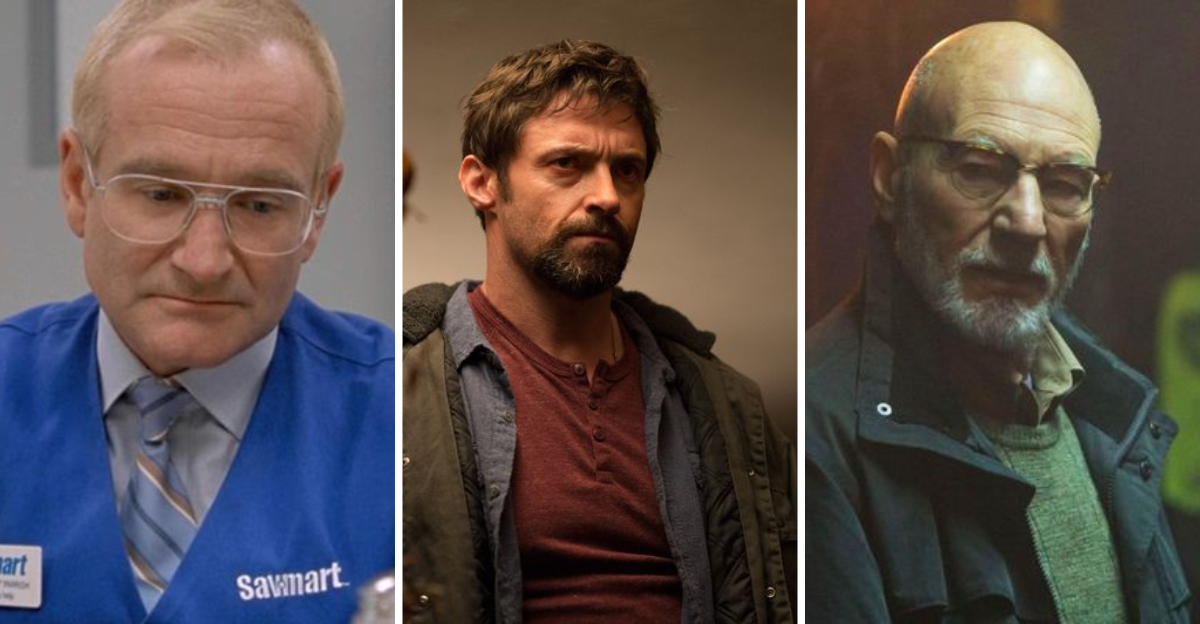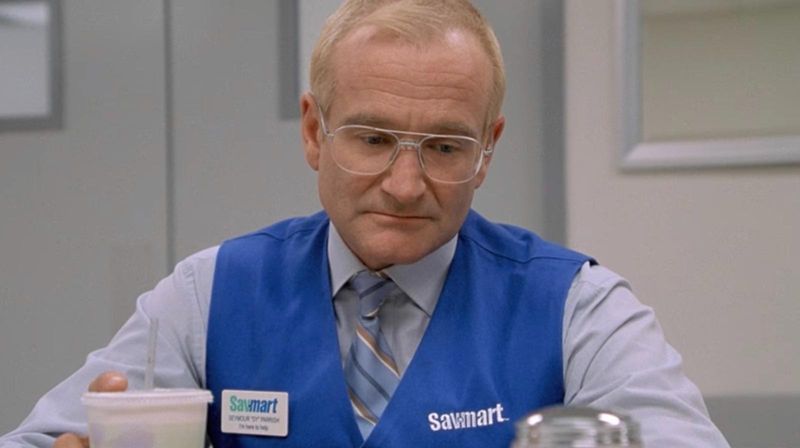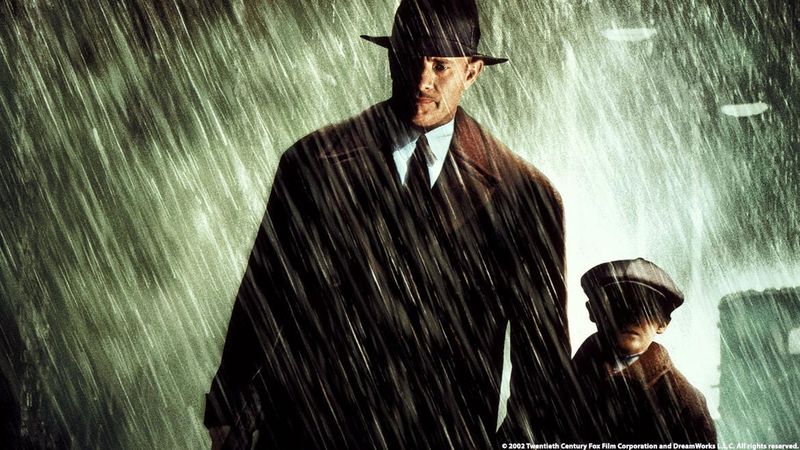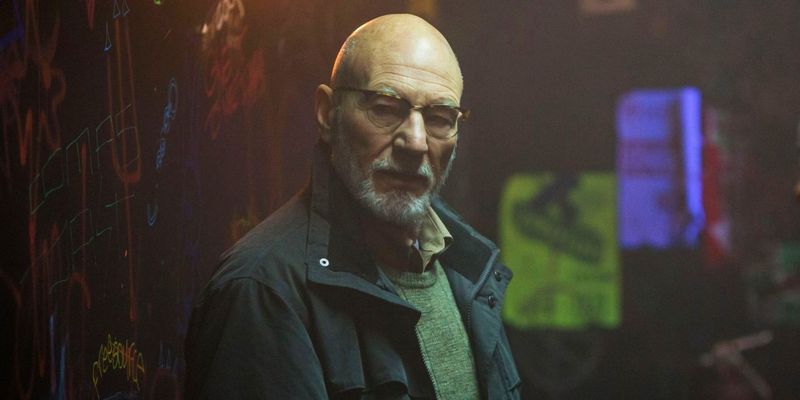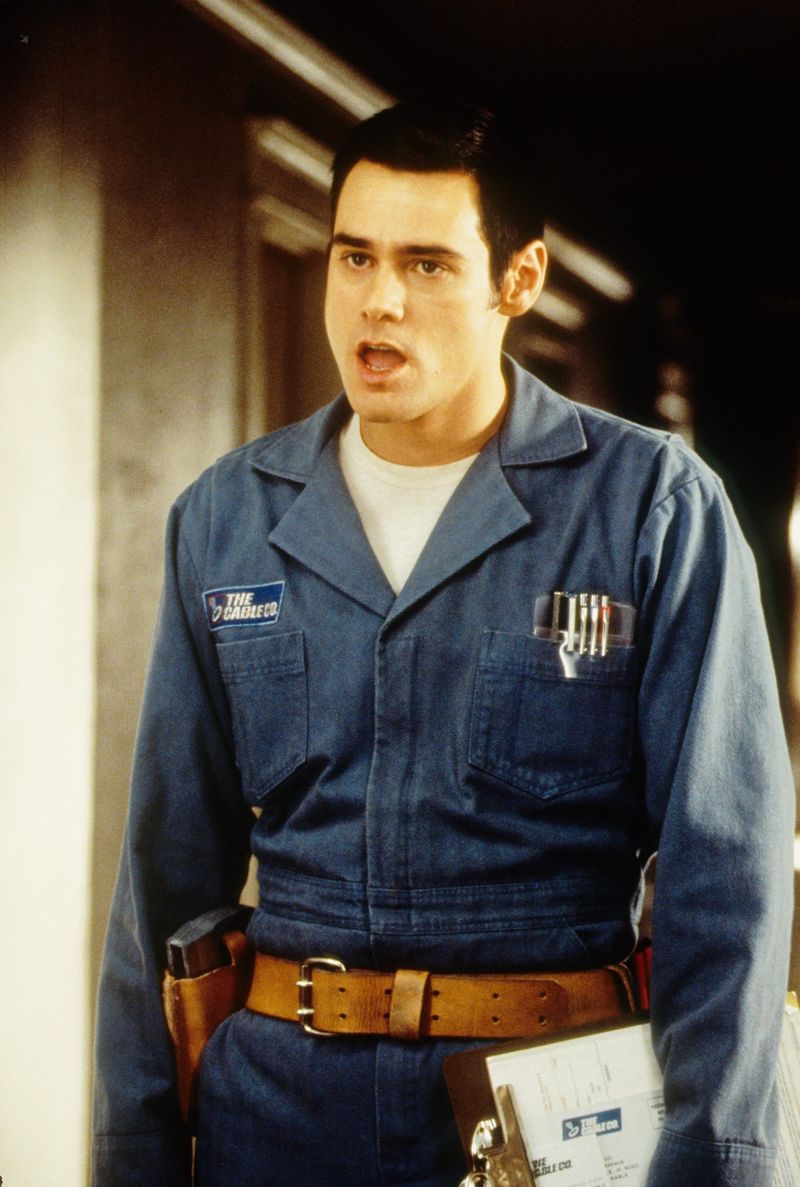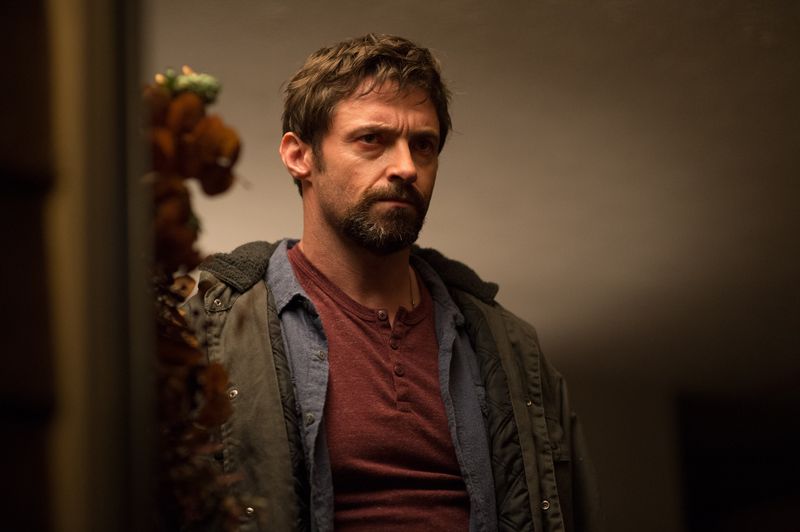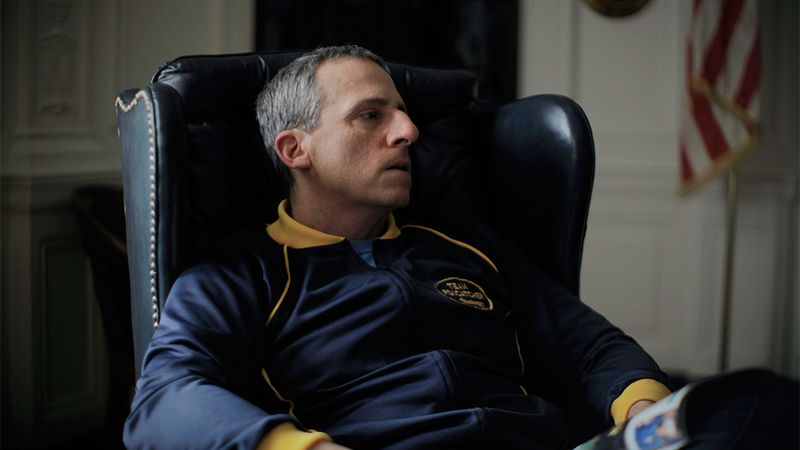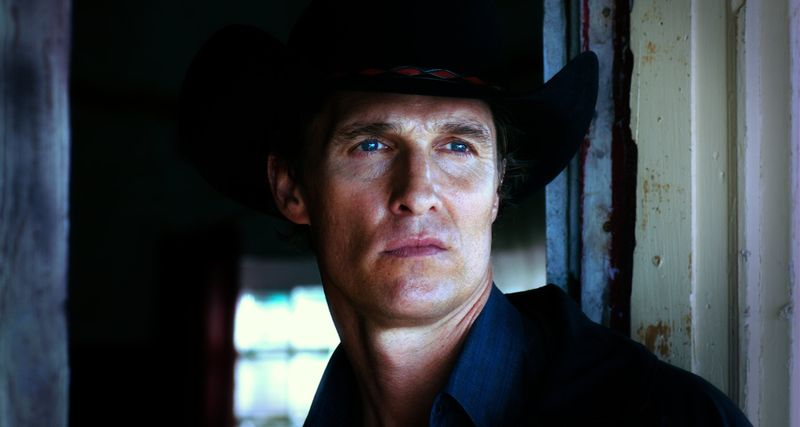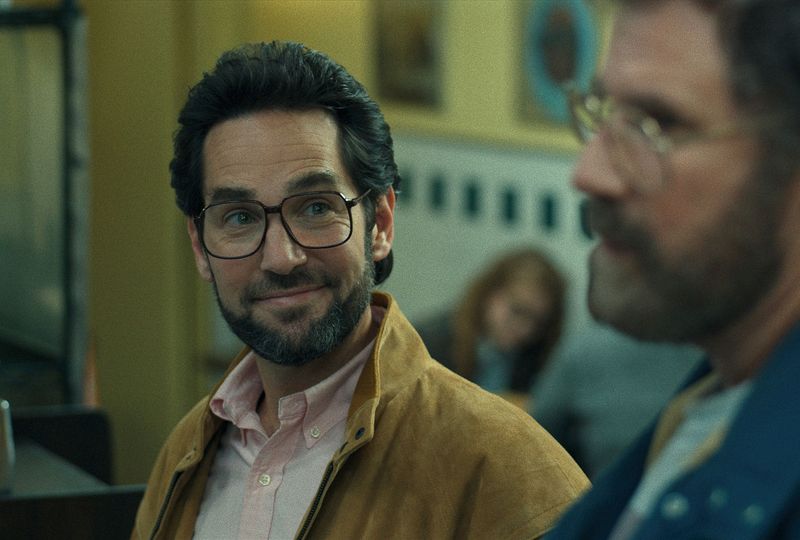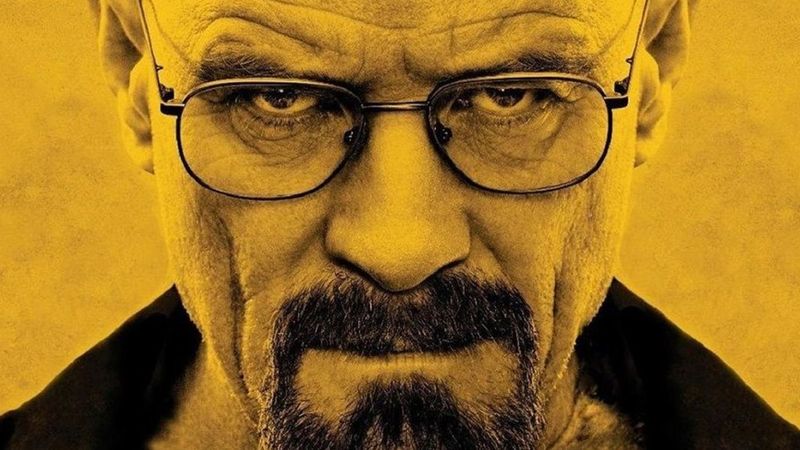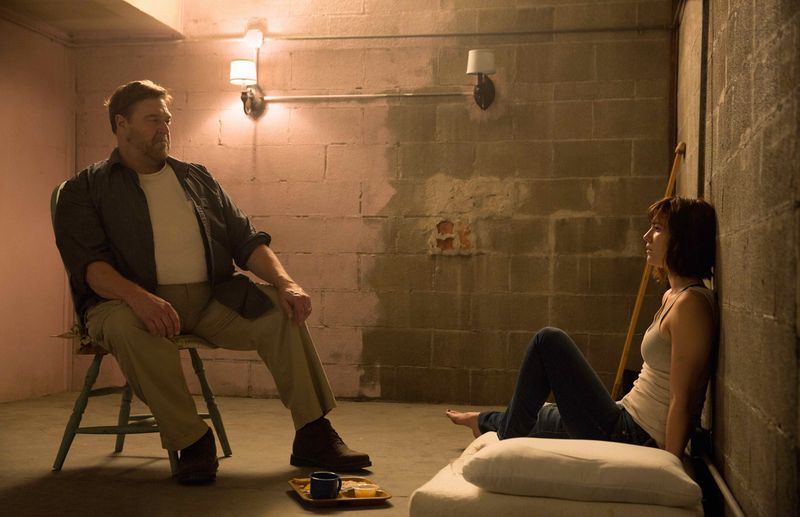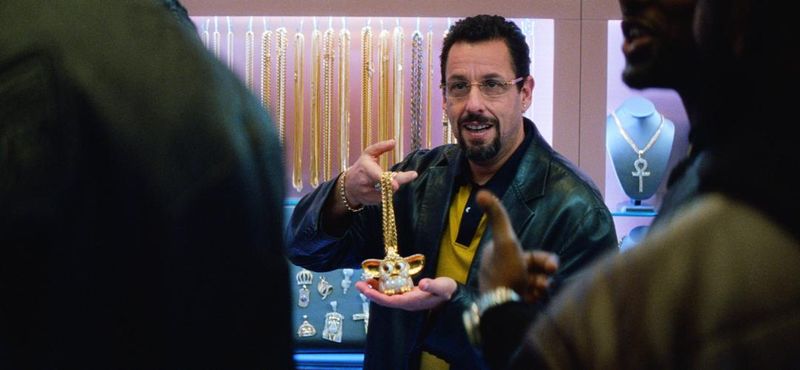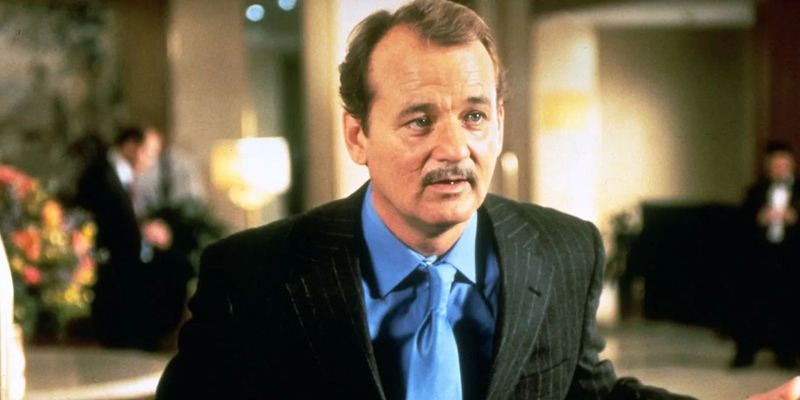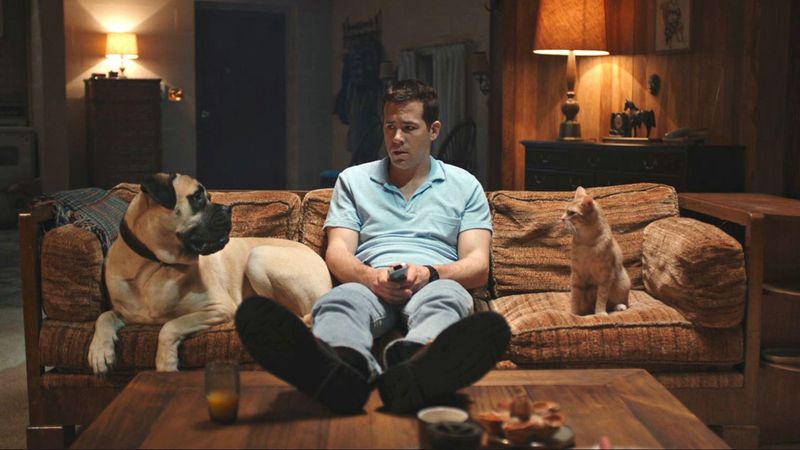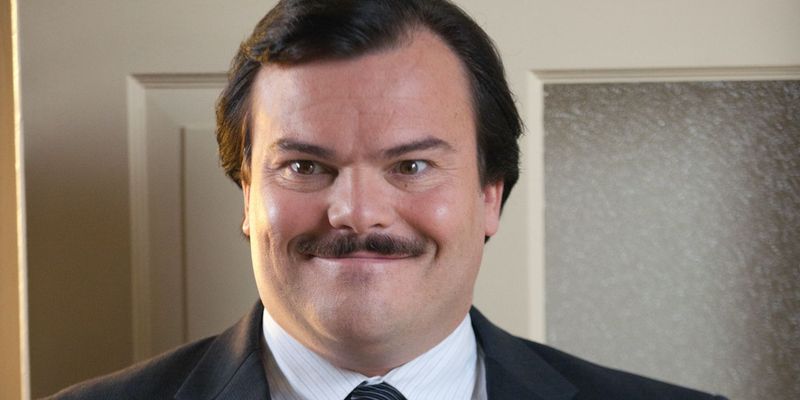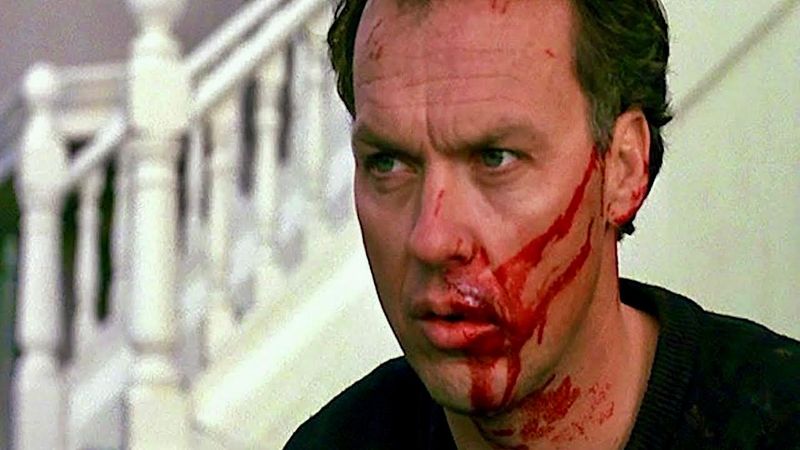Hollywood stars often build careers playing heroes or lovable characters, but sometimes they step into darkness for just one unforgettable role. These transformations shock audiences and reveal hidden depths to familiar faces. From comedy legends to dramatic powerhouses, these actors took a single villainous turn that showcased their incredible range—before returning to the types of roles that made them famous.
1. Robin Williams Haunts As Obsessive Photo Technician
America’s favorite funnyman turned terrifyingly creepy in 2002’s psychological thriller One Hour Photo. Williams disappeared into the role of Sy Parrish, a lonely photo developer who becomes dangerously obsessed with a suburban family whose pictures he processes.
His bleached-blonde hair, soft-spoken demeanor, and vacant stare created a character worlds away from Mrs. Doubtfire or Patch Adams. The brilliance of Williams’ performance lies in making Sy simultaneously pitiable and frightening—you understand his loneliness while fearing what he might do next.
Williams later admitted this role deeply affected him psychologically, calling it the darkest character he’d ever portrayed.
2. Tom Hanks Trades Likability For Mob Boss Menace
Hollywood’s ultimate nice guy shocked audiences as cold-blooded Irish mob boss John Rooney in Road to Perdition. Hanks masterfully subverted his wholesome image, bringing unexpected gravitas to a character who orders hits as casually as most people order coffee.
What makes his performance particularly chilling is how he maintains his trademark fatherly warmth while committing terrible acts. The film’s rain-soaked execution scene perfectly captures this duality—Hanks plays piano beautifully while his men carry out murders, his face showing both tenderness and ruthless calculation.
Despite critical acclaim, Hanks never returned to villainy, joking he simply wasn’t “scary enough” to make it a habit.
3. Patrick Stewart Swaps Starfleet For Neo-Nazi Terror
Captain Picard himself transformed into Darcy Banker, a soft-spoken yet terrifying neo-Nazi leader in 2015’s Green Room. Stewart’s calculated performance throws his distinguished voice and commanding presence behind a character of absolute moral bankruptcy.
The brilliance lies in Stewart’s restraint—he never raises his voice or resorts to stereotypical villain theatrics. Instead, he delivers orders for brutal murders with the same calm authority he used commanding the Enterprise, creating a disturbing cognitive dissonance for viewers.
Stewart later confessed this role troubled him deeply, requiring him to explore humanity’s darkest impulses in ways that left him genuinely unsettled after filming wrapped.
4. Jim Carrey’s Manic Energy Turns Disturbing
“The password is… I love you.” Carrey’s unhinged cable installer Chip Douglas remains one of cinema’s most uncomfortable viewing experiences. The rubber-faced comedian who delighted audiences in Ace Ventura channeled his hyperactive energy into something genuinely disturbing.
Released in 1996, The Cable Guy bombed initially—audiences expected Carrey’s usual slapstick but instead got an unsettling portrait of loneliness and obsession. His karaoke scene singing “Somebody to Love” perfectly encapsulates the character: funny on the surface but revealing deep psychological damage underneath.
Now considered a dark comedy classic, the film stands as Carrey’s lone foray into villain territory, proving his range extends far beyond goofy faces.
5. Hugh Jackman Unleashes Wolverine’s Rage In Human Form
Wolverine’s berserker fury found its real-world equivalent when Jackman played desperate father Keller Dover in Prisoners. When his daughter disappears, Dover crosses moral boundaries by kidnapping and torturing a mentally challenged suspect, believing him responsible.
Jackman’s performance is brutal yet heartbreaking—a father driven to become a monster to protect his child. The psychological weight he brings to scenes of torture makes viewers uncomfortably complicit, forcing us to question how far we might go in similar circumstances.
Despite delivering one of his most powerful performances, Jackman has avoided similarly dark characters since, preferring to keep his filmography more family-friendly outside of his X-Men violence.
6. Steve Carell Erases Michael Scott With Chilling Transformation
The lovable goofball from The Office vanished completely when Carell donned a prosthetic nose and dead-eyed stare to become John du Pont in Foxcatcher. His portrayal of the delusional millionaire who sponsors—then murders—an Olympic wrestler showcases acting at its most transformative.
Carell’s performance is built on uncomfortable silences and bizarre speech patterns that create a sense of unpredictable menace. The normally expressive comedian becomes eerily still, his face a mask hiding dangerous obsessions.
For an actor known for warmth and humor, this cold-blooded performance earned him an Oscar nomination but remains his only venture into truly villainous territory—perhaps because it was so emotionally draining.
7. Matthew McConaughey Serves Southern-Fried Menace
“Alright, alright, alright” took on sinister undertones when McConaughey played corrupt detective/hitman Joe Cooper in Killer Joe. The rom-com heartthrob transformed his Texas charm into something predatory and unsettling in this 2011 neo-noir thriller.
McConaughey’s performance works because he maintains his signature drawl and charisma while revealing a sadistic core. The notorious “chicken scene” stands as one of cinema’s most uncomfortable moments, with Cooper’s polite mannerisms making his violence all the more disturbing.
Despite critical acclaim for his portrayal, McConaughey quickly pivoted to his “McConaissance” of serious but sympathetic roles, leaving this disturbing character as a fascinating one-time experiment.
8. Will Ferrell Trades Laughs For Psychological Manipulation
The man behind Anchorman and Elf revealed surprising dramatic depths as manipulative therapist Dr. Ike Herschkopf in The Shrink Next Door. Based on a shocking true story, Ferrell’s character slowly takes control of his patient’s life, business, and home through subtle psychological manipulation.
What makes Ferrell’s performance so effective is how he maintains a veneer of supportiveness while revealing glimpses of narcissism and greed. There’s nothing over-the-top about his villainy—it’s the everyday evil of someone abusing trust and power.
For a comedian known for broad physical comedy, this restrained performance showed new dimensions to Ferrell’s talent that audiences had never seen before.
9. Bryan Cranston’s Journey From Sitcom Dad To Drug Kingpin
Before Breaking Bad, Cranston was primarily known as the goofy dad from Malcolm in the Middle. His transformation into Walter White—high school teacher turned ruthless meth manufacturer—stands as television’s most remarkable character evolution.
What makes this villain turn unique is its gradual nature. Cranston brilliantly portrays a good man’s slow corruption, making viewers complicit as they continue rooting for him despite increasingly horrific actions. The famous “I am the one who knocks” monologue perfectly captures his transformation from victim to predator.
Though he’s played other complex characters since, Cranston has avoided pure villain roles, believing nothing could top Walter White’s complex moral descent.
10. John Goodman Turns Fatherly Presence Into Claustrophobic Terror
The lovable Dan Conner from Roseanne transformed into something truly frightening as Howard, a doomsday prepper holding a woman captive in 10 Cloverfield Lane. Goodman’s genius lies in how he makes Howard simultaneously protective and threatening—you’re never quite sure if he’s savior or captor.
His imposing physical presence fills the underground bunker setting, creating constant tension. One moment he’s cooking dinner like a caring father, the next he’s exploding with violent rage over minor infractions.
Goodman’s performance works because he understands how to weaponize his naturally paternal quality, creating a character whose unpredictability keeps viewers on edge throughout the film’s runtime.
11. Adam Sandler Channels Chaos Into Self-Destructive Brilliance
“This is how I win.” Sandler’s performance as gambling-addicted jeweler Howard Ratner in Uncut Gems redefined what the comedian could do on screen. His character isn’t a traditional villain but rather a self-destructive force causing chaos for everyone in his orbit.
Sandler brings manic energy to every scene, creating a character who’s simultaneously charismatic and exhausting. The genius of his performance is making viewers feel Howard’s addiction—the crushing anxiety of his bad decisions paired with the intoxicating high of a potential win.
Though he’d played dramatic roles before, nothing approached this level of intensity, earning Sandler critical acclaim that sadly didn’t translate to the Oscar nomination many felt he deserved.
12. Bill Murray Infuses Depression With Dangerous Edge
Murray’s sardonic humor took a darker turn as the wealthy, manipulative Herman Blume in Wes Anderson’s Rushmore. While not a traditional villain, Blume betrays his teenage friend by pursuing the same teacher, leading to increasingly hostile acts of revenge.
What makes Murray’s performance remarkable is how he balances Blume’s privilege with profound sadness. His deadpan delivery remains, but instead of generating laughs, it reveals a man emotionally adrift and capable of cruelty. The scene where he systematically destroys a child’s bicycle perfectly captures this quiet malevolence.
Though Murray has played complex characters in other Anderson films, he’s never again ventured into territory this morally ambiguous or potentially harmful.
13. Ryan Reynolds Voices His Own Murderous Delusions
Before Deadpool made him a superstar, Reynolds delivered his most disturbing performance in The Voices as Jerry, a mentally ill factory worker whose pets “tell” him to commit murders. Reynolds not only played the troubled protagonist but also voiced his evil cat and supportive dog—the manifestations of his character’s conflicted psyche.
What makes this performance uniquely unsettling is how Reynolds maintains Jerry’s sweet, awkward charm even as he descends into serial killing. The film’s brilliant visual conceit shows the world through Jerry’s eyes (clean and colorful) versus reality (bloody and horrific).
Though Reynolds often plays morally ambiguous characters, he’s never again portrayed someone so genuinely disturbed and dangerous.
14. Jack Black Brings Charm To Real-Life Murder
The boisterous comedian known for School of Rock showed remarkable restraint playing Bernie Tiede, a beloved funeral director who murders his elderly companion in the true-crime dark comedy Bernie. Black’s performance succeeds by making Bernie genuinely likable—a kind, community-minded man who happens to commit a horrific crime.
Director Richard Linklater brilliantly cast Black against type, utilizing his natural charisma to explain how the real-life Bernie charmed an entire Texas town. Even after confessing to murder, locals still campaigned for his release.
Black’s singing talents come into play as Bernie directs church choirs, adding another layer to this complex character who defies simple villain categorization.
15. Michael Keaton Terrorizes As Tenant From Hell
Before becoming Batman, Keaton delivered a masterclass in everyday villainy as Carter Hayes in Pacific Heights—a sociopathic tenant who systematically destroys his landlords’ lives. His performance works because he maintains the same intensity that made him a compelling Caped Crusader, but channels it into methodical cruelty.
Keaton excels at showing Hayes’ calculated manipulation, using tenant protection laws to avoid eviction while deliberately damaging the property. His most chilling moments come when his mask of normalcy briefly slips, revealing the sadistic pleasure he takes in his landlords’ suffering.
Despite proving his villain credentials, Keaton returned to heroic and comedic roles, making this sinister performance a fascinating outlier in his filmography.
